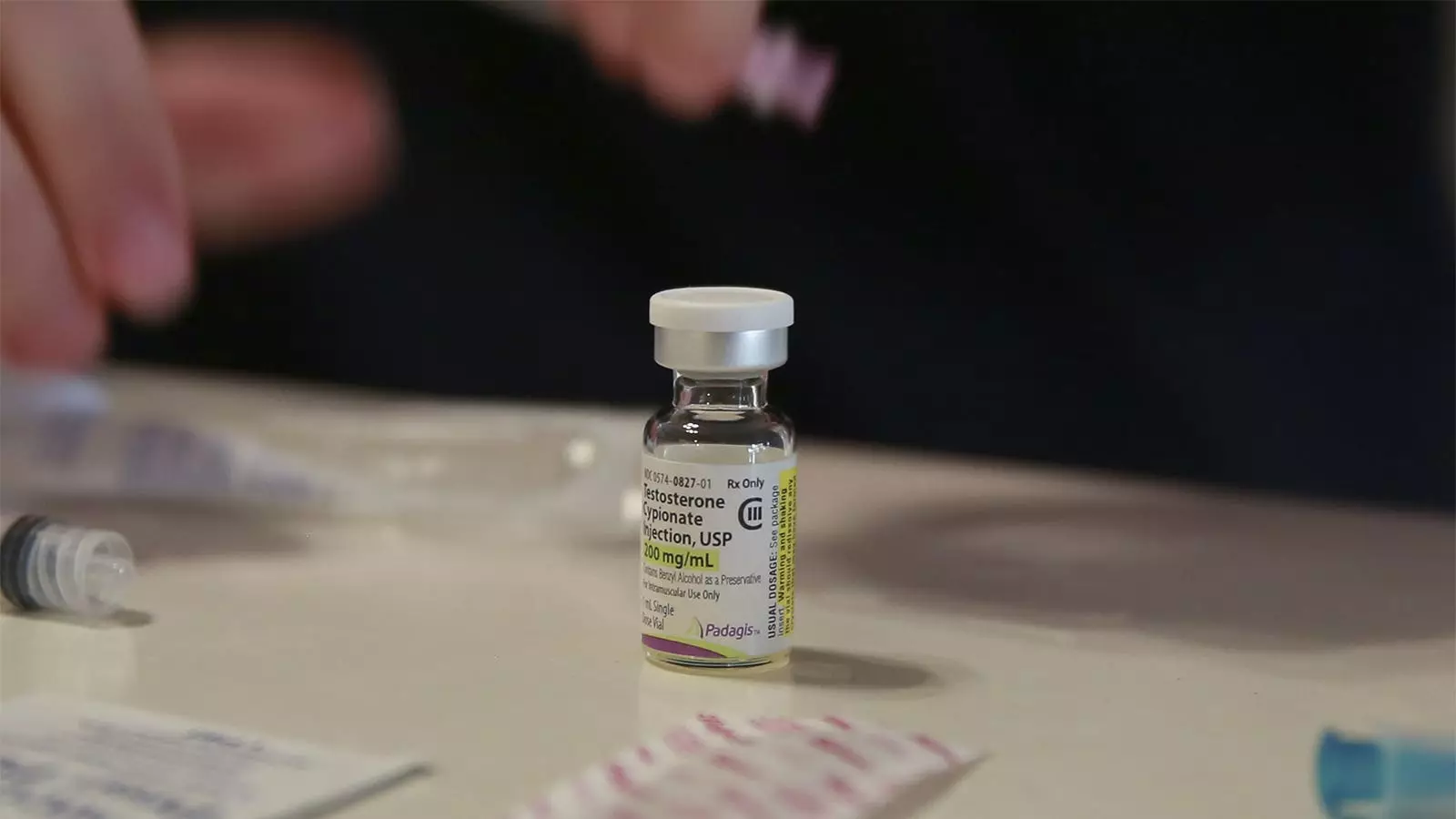The conversation around healthcare for transgender youth has gained significant traction among U.S. lawmakers. However, the debate has often been clouded by a lack of precise data, giving rise to both exaggerations and misunderstandings about the prevalence of gender-affirming medications among adolescents. Recent research published in a reputable medical journal sheds light on this critical issue, revealing much lower numbers than commonly assumed. This article will delve into the findings, their implications, and the surrounding political context, as well as the necessity of nuanced discussions in this sensitive area.
According to the study—an analysis of a comprehensive insurance claims database including over 5 million patients aged between 8 and 17—fewer than 1 in 1,000 adolescents with commercial insurance received gender-affirming medications such as puberty blockers or hormones over a span of five years. More specifically, only 926 youths were prescribed puberty blockers, while 1,927 received hormone therapies between 2018 and 2022. This equates to an astonishingly low prevalence of less than 0.1% of the population studied, starkly contradicting more sensationalized narratives regarding widespread use of such treatments among children.
Interestingly, researchers reported that no patients under the age of 12 were prescribed hormones. This finding suggests a cautious approach by healthcare providers, aligning with recommendations to carefully evaluate and monitor similar treatments. Lead author Landon Hughes, a Harvard public health researcher, emphasized that the data underscore a responsible application of gender-affirming care rather than the unchecked or inappropriate usage often described in public discourse.
The Political Context: Legislation and Litigation
The revelation of these findings emerges amidst a backdrop of increasing legislative action against gender-affirming care for transgender minors. At present, more than 26 states have enacted laws to restrict or entirely ban access to such medical treatments. These regulations often provoke legal challenges, further complicating the landscape for both patients and healthcare providers. The tension between these state laws and the rights of transgender youth to access appropriate, medically necessary healthcare anticipates a critical review by the Supreme Court, which is poised to address these conflicts in an upcoming decision linked to a case from Tennessee.
In this politically charged environment, the research findings could serve as a catalyst for more informed discussions surrounding the healthcare needs of transgender youth. Misconceptions frequently fuel fears that these young people might be rushing into inappropriate medical decisions, yet evidence points toward a more tempered reality where youth seeking treatment undergo thorough evaluations.
While the recent study shines a light on the numbers, it also raises important questions about the broader aspects of gender-affirming care. As Scott Leibowitz, co-lead author of the adolescent standards of care for the World Professional Association for Transgender Health, explains, transgender youth navigate their gender identity uniquely and at their own pace. This complexity necessitates a healthcare approach that includes specialists skilled in adolescent development and who can engage individuals and their families in dialog about the best path forward.
The goal of gender-affirming care is not solely to provide treatment but to ensure a holistic approach that respects the personal journey of each transgender youth. This means recognizing the variety of experiences and timelines young people have in understanding and affirming their gender identity, rather than adhering to a one-size-fits-all treatment model.
The findings regarding the low rates of gender-affirming medication use among adolescents challenge the prevailing myths and underscore the importance of evidence-based discussions in the arena of transgender healthcare. As lawmakers and healthcare providers grapple with these issues, there is a crucial need for compassionate dialogue that prioritizes the well-being and rights of transgender youth over political agendas. Continued research and thoughtful consideration of individual experiences will be essential as society strives for equitable healthcare access for all, regardless of gender identity. By fostering an informed and compassionate environment, we can move towards a future where every young person receives the care they need to thrive.


Leave a Reply